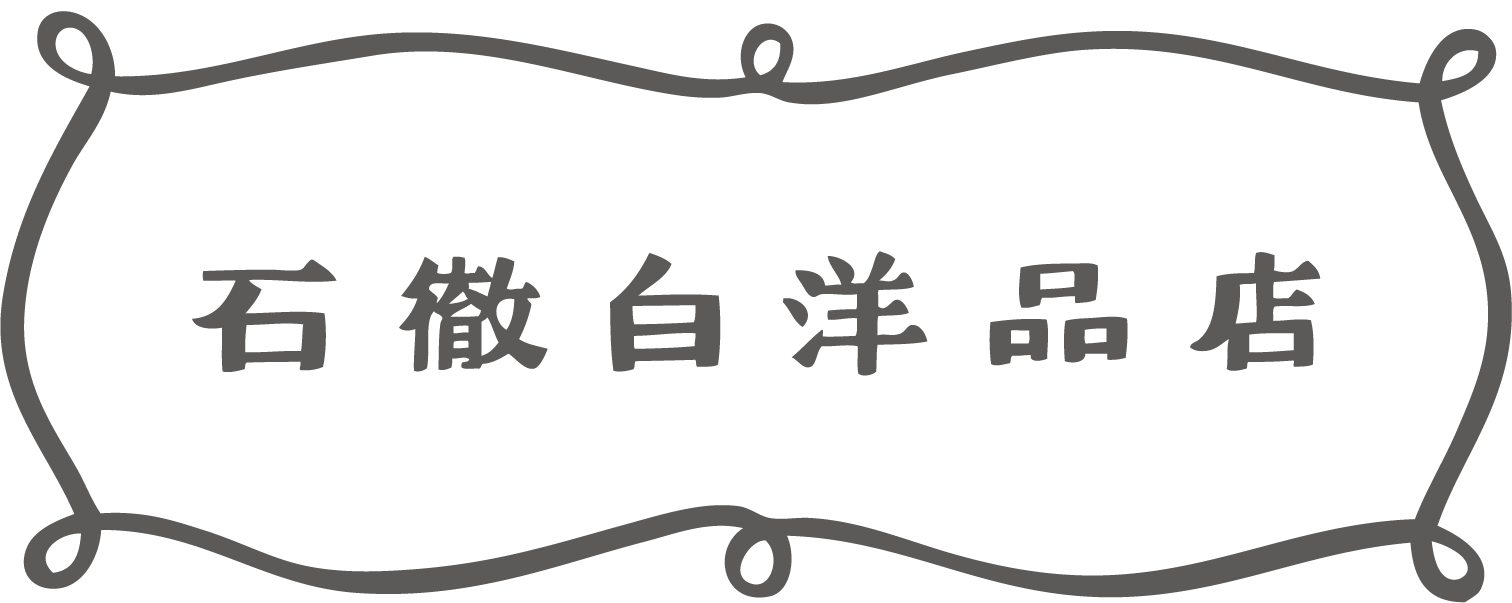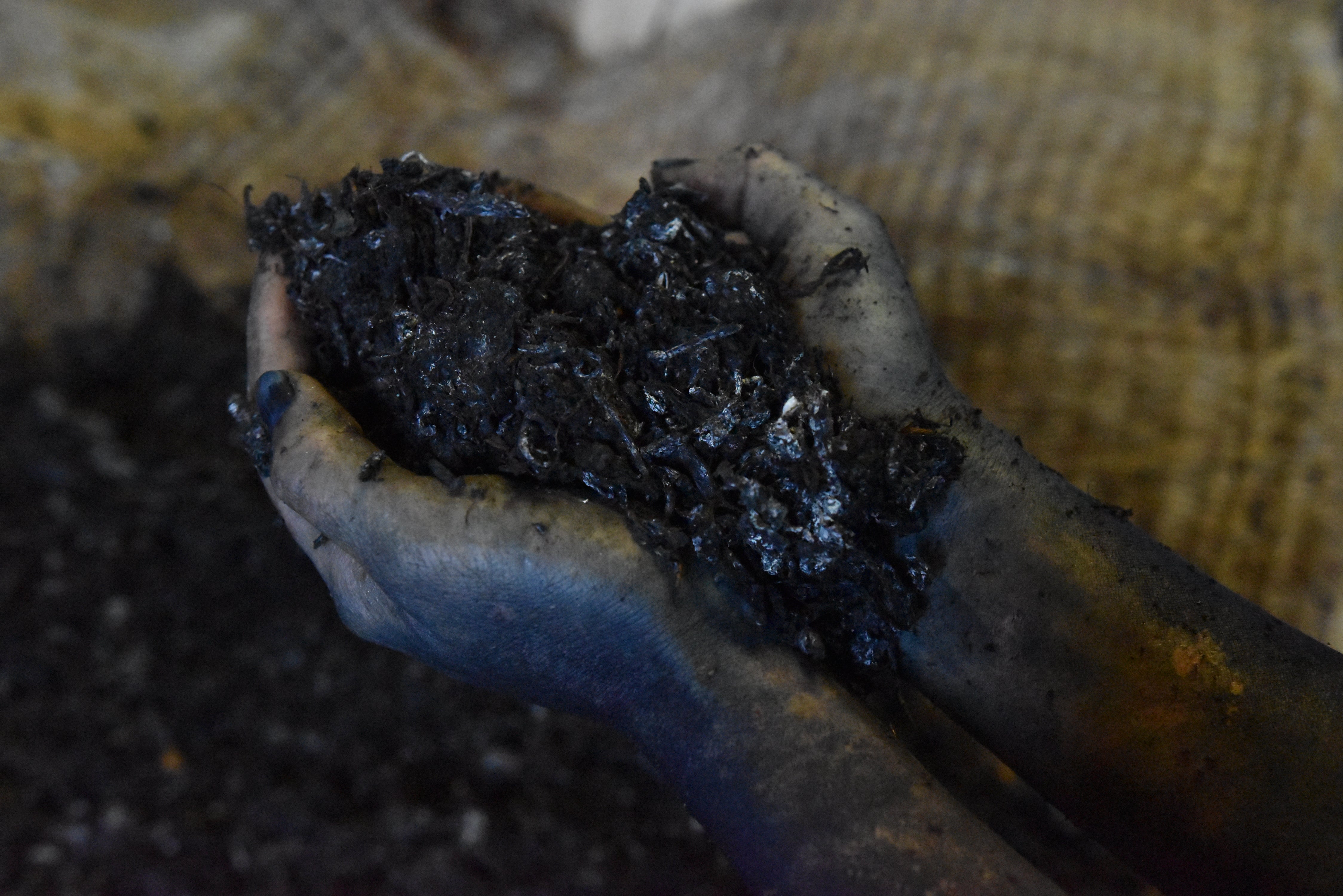Our Indigo Dyeing (1)
Almost all of the old clothes in Itoshiro are indigo dyed. I have wanted to try indigo dyeing someday ever since I heard from R, a man in his 90s, that indigo dyeing was common in this area until about 100 years ago.
If you wish for something, it will come true. I started my indigo farm in 2016, and through various connections, I set up indigo vats and started indigo dyeing in 2017. Although I had always wanted to try it, when I started from cultivating the leaves, I realized how difficult indigo dyeing is.
In this blog, I will be explaining the indigo dyeing process in several parts.
Cultivation of indigo leaves
The first step in indigo dyeing is to grow the leaves.
We want to grow as many leaves as possible, so we add fertilizer (we started adding rice bran last year) to encourage leaf growth. We till the soil and sow the seeds in early spring. We spend each day in anticipation of when the seeds will sprout, as the early spring weather alternates between cold and warm. (Since we make the seedbeds directly in the field, we protect them from frost and tend to them daily.)
Once the seedlings have grown successfully and are over 10cm tall, they can be planted in the fields in late May when the frost in Itoshiro has stopped. After that, you just have to weed so they don't get beaten by weeds. When the seedlings are small, they can be attacked by cutworms, so when that happens, you can add in the remaining seedlings and compare the insects with the roots! While you're doing this, the rainy season will begin. 
Indigo loves water and heat, and grows well during the rainy season. The rainy season can be depressing, but when you are cultivating indigo, you are grateful for the rain, and if there is no rainy season, you feel anxious. When the rainy season ends and the sun shines brightly, you are grateful for that, and the heat makes the indigo plants thrive, which is reassuring.
The first cutting is done in Itoshiro in early August when the leaves are lush. We aim to cut the grass on a day with three consecutive days of sunny weather, and cut it all at once around 10am when the morning dew has disappeared, and let it dry out with the help of the sun. This drying process is very important. 
Separate the leaves and stems and dry them until they are crisp and the leaves turn a deep green. If they are not completely dry, they will rot, so be careful. Indigo will grow back even after it is cut, so fertilize it to encourage growth, and the second cut is done in September.
If possible, I would like to obtain about 100 kilograms of dried leaves.
Otherwise you won't be able to proceed to the next step.
Learning from nature
For us who are not farmers, it is a struggle to grow indigo leaves in the fields, but there is a lot we can learn from this process.
By working hard, you will come to understand that everything comes from the earth, that the power of earth, water, and the sun is great, and that our lives are sustained by them.
--
Recommended indigo-dyed clothes for autumn
https://itoshiro.org/collections/Autumn clothing series



